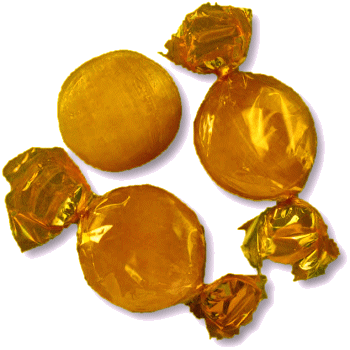




WELCOME TO An Entertainment Site for Scottish Country Dancers - Enjoy the curated selection of theme-related dances for celebrations and holidays, or find a dance associated with a special calendar day, or EVEN your own birthday!
The Tea Table 1885, James Pittendrigh MacGillivray (1856–1938)
Hot Tea Month
Jan 12
Other Scottish Country Dances for this Day
Today's Musings, History & Folklore
"Christiane drinks tea by the pot,
Six cups a day—too much? It is not!
Each cup gives her zest,
She out-dances the rest,
With a jig and a reel on the spot!"
Fancy a cuppa? How about six? Brace yourself with any number of cups for this 32 bar reel for 3 couples devised for the birthday of an avid dancer and tea drinker who amongst her other healthful habits (such as Scottish Country Dancing), typically enjoys six cups of tea each day! But it wasn't always so easy to get one cup of tea, much less six!
In 18th-century Britain, tea was more than a beloved beverage—it was a symbol of sophistication and social status, but heavy taxation made it prohibitively expensive for most. This led to a thriving black market and the emergence of secret tea clubs, where people gathered discreetly to enjoy smuggled tea. These clandestine gatherings, often held in private homes, became hubs for conversation and camaraderie, much like coffeehouses of the time. Smuggling networks, particularly in areas like Kent and Sussex, supplied the tea, defying excise officers tasked with cracking down on illegal trade. Fortunately, the tea tax was reduced in 1784 after causing all that tea party fuss in those troublesome American colonies. And what's your cup number? 🫖 🍵 🍵 🍵 🍵 🍵 🍵
Six Teas A Day
While most secret tea clubs of the 18th century were informal and hidden to avoid detection, a few notable examples of tea-centric societies and gatherings became famous, often because they blurred the lines between legality and social influence. Here are some notable mentions:
1. The Kit-Cat Club (1696–early 1700s)
Though primarily a political and literary club, the Kit-Cat Club in London was known to serve tea at its gatherings, making it an early example of tea's association with intellectual and social circles. The club hosted influential Whig politicians and writers, including Sir Robert Walpole and Joseph Addison. While not secretive in the way smuggling tea clubs were, it symbolized the emerging social significance of tea.
2. The Bluestocking Society (mid-18th century)
The Bluestocking Society was an intellectual movement led by women, including notable figures like Elizabeth Montagu and Hannah More. Tea played a central role in their gatherings, which focused on literature, education, and women's intellectual empowerment. Although not secret, the Bluestocking Society challenged social norms by creating spaces for educated women to discuss ideas over tea, which was still a luxurious commodity.
3. Smuggling Networks in Kent and Sussex
Rather than formal clubs, smuggling tea rings in areas like Kent and Sussex operated almost as underground societies. Groups like the infamous Hawkhurst Gang were well-organized networks involved in smuggling untaxed tea, often supplying secret tea clubs and private households. Their activities were so notorious that they became the subject of legends and even confrontations with government forces.
4. The Tea Gardens of London
While tea gardens such as Vauxhall Gardens and Ranelagh Gardens were not secret, they played a significant role in tea culture, especially for the burgeoning middle class. These gardens offered a public space to enjoy tea alongside music, performances, and socializing. In contrast to clandestine clubs, these were legal and symbolic of tea's shift from exclusivity to accessibility.
5. Jacobite Tea Gatherings
During periods of political tension, such as the Jacobite uprisings, tea gatherings were sometimes used as covers for plotting or discussing political dissent. While not specifically "tea clubs," these gatherings relied on tea as a social lubricant to disguise the true purpose of the meeting.
Feeling the need for some tea? Browse through a history of tea drinking through art by clicking the painting of The Village Gossips, c. 1828 by Rolinda Sharples (1793–1838).
Click the dance cribs or description below to link to a printable version of the dance!



